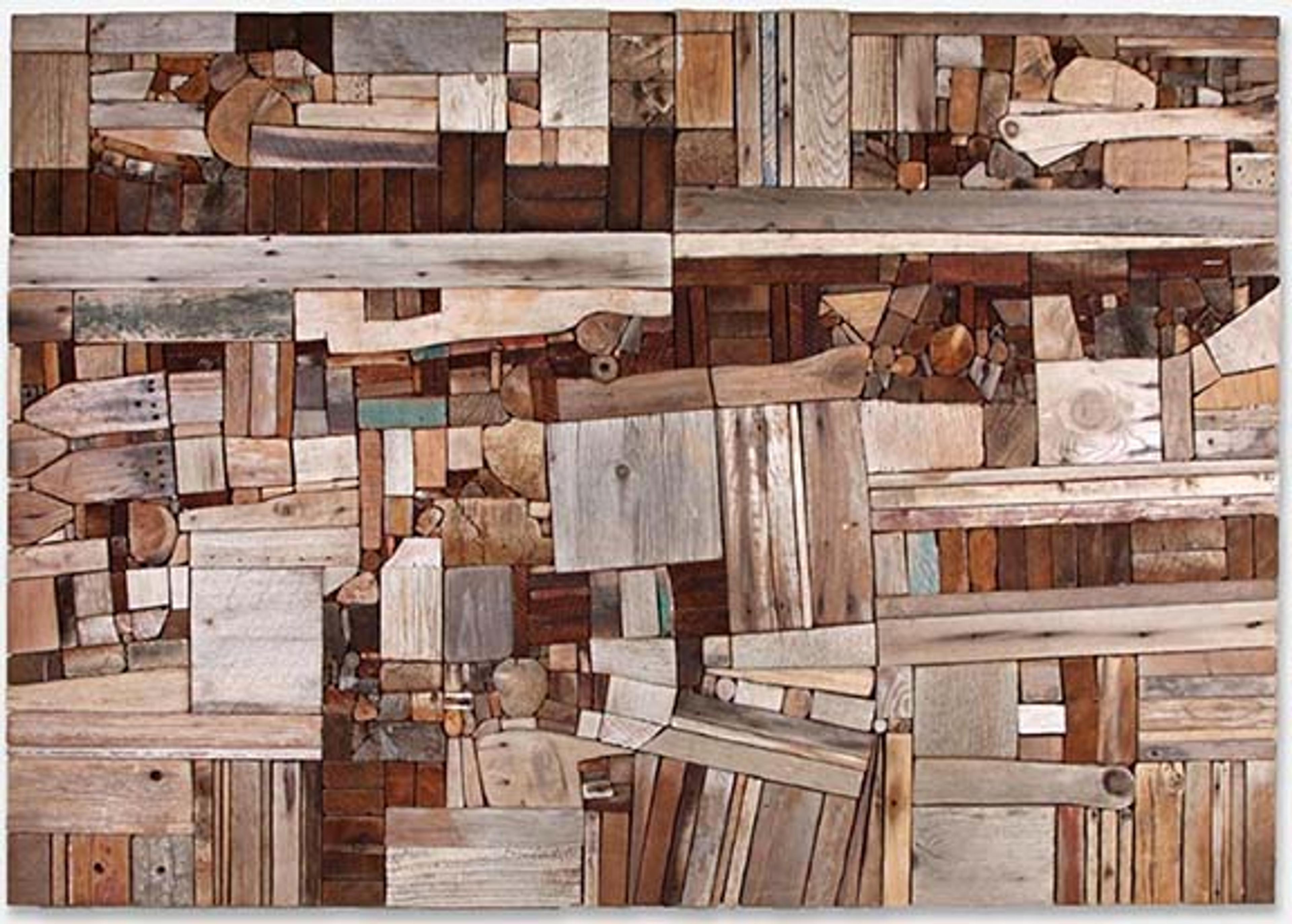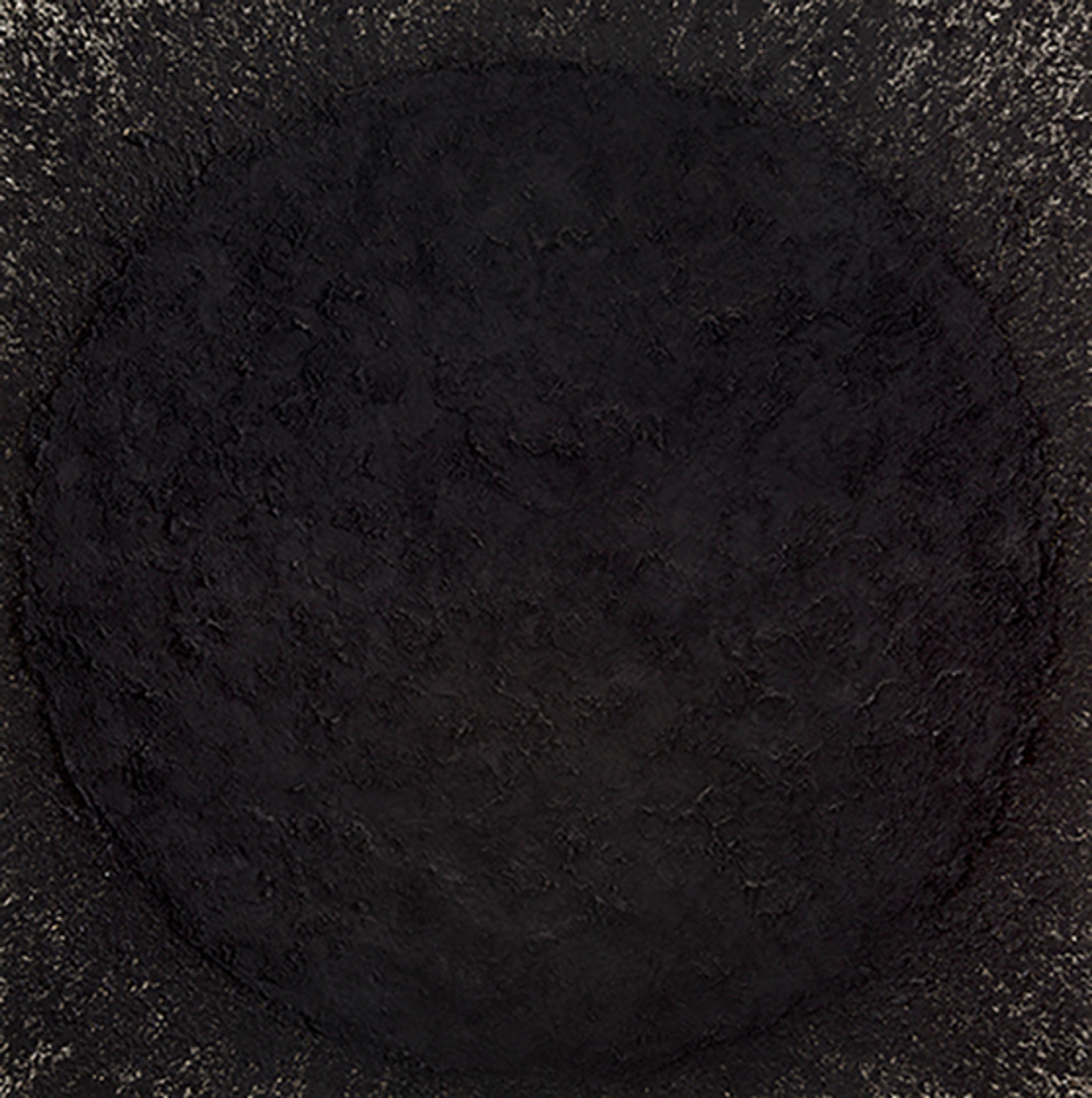
Jack WhittenLapsang
About
In 1960, Alabama-born artist Jack Whitten arrived in New York City to escape the violence of racial segregation in the South. Motivated by ideas related to the Civil Rights movement, Whitten experimented with abstract expressionism alongside mentors such as Willem de Kooning and Norman Lewis.
By the 1970s, Whitten was in search of a new relationship with painting, not as a medium but as a technical process. Using squeegees, afro combs, and carpenter saw blades, Whitten began to rake acrylic paints across his canvases. In Lapsang, this singular simultaneous motion results in scraped lines of murky color.
From this surface, a large letter ‘L’ appears amid thick striations of paint. This form emerges from an L-shaped wire embedded beneath the skin of the canvas. Coined by Whitten as 'disruptors,' these inserted shapes only materialize once his technical process is complete. Its ultimate visual effect on the painting is out of the artist's control. During this period in the artist's career, Whitten challenged mainstream notions of abstraction as a gestural extension of the artist's paintbrush. Instead, works like Lapsang provide radical alternatives to abstraction through technological spontaneity.
Artist
Jack Whitten
Dimensions
67 5/8 × 39 5/8 in. (171.8 × 100.6 cm)
Credit Line
Art Bridges
Date
1974
Medium
Acrylic and graphite on canvas
Object Number
AB.2020.2
Signed
verso, u.l., in black: LAPSANG / Jack Whitten '74 verso, l.r., on vertical tacking margin, in red: LAPSANG Whitten 74 March 13
Inscriptions
verso, u.l., in black: A/C verso, u.l., in black: 40" x 67 1/2" vereso, u.l., in black: [arrow pointing up] verso, c.l., in red: 40" x 67 1/2" [upside down] verso, l.r.: 40" x 68"
Provenance
Jeffrey Thompson, Indianapolis, IN; acquired by Private Collection; (Sotheby’s, New York, NY); purchased by Art Bridges, Fort Worth, TX, 2020

